By_Suraj Karowa/ ANW
October 31 2025

Seoul, South Korea – October 30, 2025 – In a scene more befitting a buddy comedy than a boardroom, three of the world’s most powerful tech billionaires – Nvidia CEO Jensen Huang, Samsung Electronics Chairman Jay Y. Lee, and Hyundai Motor Group Executive Chair Euisun Chung – walked into a bustling fried chicken joint in downtown Seoul, ordered “chimaek” (chicken and beer), and paid for everyone’s meal. The impromptu gathering, held ahead of the Asia-Pacific Economic Cooperation (APEC) summit in Gyeongju, blended Korean pub culture with high-stakes semiconductor strategy.
Patrons at Kkanbu Chicken – a chain whose name doubles as Korean slang for “best friend” – erupted in cheers as the trio, with a combined net worth of $195 billion, linked arms for a traditional beer toast. Huang, whose Nvidia briefly became the world’s most valuable company with a $5 trillion market cap, live-streamed his arrival, declaring, “I love fried chicken and beer with my friends, so Kkanbu is a perfect place, right?”

The menu was pure comfort: cheese balls, cheese sticks, boneless chicken, wings, and pitchers of Terra beer paired with shots of soju. Video captured Huang ringing the restaurant’s “golden bell” – a signal to cover the entire tab – though Samsung’s Lee ultimately paid the first round, and Hyundai’s Chung covered a second. Huang stepped outside to distribute chicken baskets to a growing crowd, shouting, “Anyone? Fried chicken?”
The lighthearted outing masked serious business. Nvidia dominates the AI chip market, Samsung is the world’s largest memory-chip maker, and Hyundai is pivoting aggressively into electric and autonomous vehicles. All three need each other: Nvidia wants guaranteed foundry capacity, Samsung seeks AI design wins, and Hyundai requires cutting-edge GPUs for self-driving systems.

APEC Summit Delivers Concrete Commitments
The fried-chicken diplomacy paid immediate dividends. On Friday, Huang met South Korea’s President Lee Jae-myung and announced Nvidia would supply more than 260,000 graphics processing units (GPUs) to Korean firms, explicitly naming Samsung, Hyundai, web giant Naver, and chipmaker SK Hynix.
The pledge targets “physical AI” – real-world applications like autonomous vehicles and smart factories.
Company
Role in AI Ecosystem
Nvidia Partnership Focus
Samsung
Memory chips, foundry
HBM supply, AI chip production
Hyundai
EVs, robotics
GPU-powered autonomous driving
Naver
Cloud, search
AI data centers
SK Hynix
DRAM, NAND
High-bandwidth memory (HBM)
Huang’s visit comes amid U.S.-China tensions over AI chip exports. Fresh from trade talks with President Donald Trump and Chinese leader Xi Jinping at APEC, access to Nvidia’s latest processors remains a geopolitical flashpoint. South Korea, caught between its U.S. security alliance and massive China trade, is racing to secure supply chains.

Markets Cheer the Alliance
Wall Street responded enthusiastically. Nvidia closed up 1.8% at $154.27, pushing its market cap back above $3.8 trillion. Samsung preferred shares rose 2.4% in Seoul, while Hyundai Motor gained 3.1%. The broader KOSPI index jumped 1.9%, its best day in three weeks.
“This isn’t just PR,” said Kim Dae-jong, a tech analyst at Seoul’s Sejong University. “Nvidia needs HBM3E memory that only Samsung and SK can produce at scale. Hyundai’s robotaxi program needs thousands of Drive Orin chips. The chicken was symbolic – the GPUs are the main course.”
Cultural Diplomacy Meets Corporate Strategy
The Kkanbu outing echoes a long Korean tradition of sealing deals over food and drink. In 2018, Samsung’s Lee hosted Apple CEO Tim Cook at a barbecue restaurant; in 2023, SK Group Chairman Chey Tae-won took Meta’s Mark Zuckerberg for late-night pork belly. But the scale here is unprecedented – three industry titans, one casual diner, zero security visible inside.
Social media exploded with memes: Huang’s leather jacket became “the new power suit,” and #ChimaekSummit trended globally. One viral clip showed a diner asking for Huang’s autograph on a chicken box; he signed it “To my Kkanbu.”
Broader Implications for Global AI Race
Supply Chain Security: South Korea now accounts for 60% of global HBM production, critical for training large language models. Nvidia’s 260,000-GPU commitment locks in capacity for 2026–2027.
Autonomous Vehicles: Hyundai aims to launch Level 4 robotaxis in Seoul by 2027; Nvidia’s chips will power the compute.
U.S.-China Decoupling: Trump’s administration has restricted advanced chip exports to China. South Korea’s neutral stance – and its fabs – make it a critical alternative.
President Lee Jae-myung hailed the deal as “a milestone for Korea’s AI sovereignty,” pledging $20 billion in subsidies for domestic chip and EV battery R&D.
What’s Next?
Nvidia will open an AI research center in Seoul by Q2 2026, staffed by 300 engineers. Samsung is expected to announce a multi-year HBM supply contract next month. Hyundai teased a concept “AI Mobility Hub” integrating Nvidia’s Blackwell GPUs.
For now, the image endures: three billionaires, arms intertwined over beer glasses, toasting friendship in a chicken shop. In the cutthroat world of semiconductors, sometimes the strongest alliances are forged over wings and soj
Discover more from AMERICA NEWS WORLD
Subscribe to get the latest posts sent to your email.
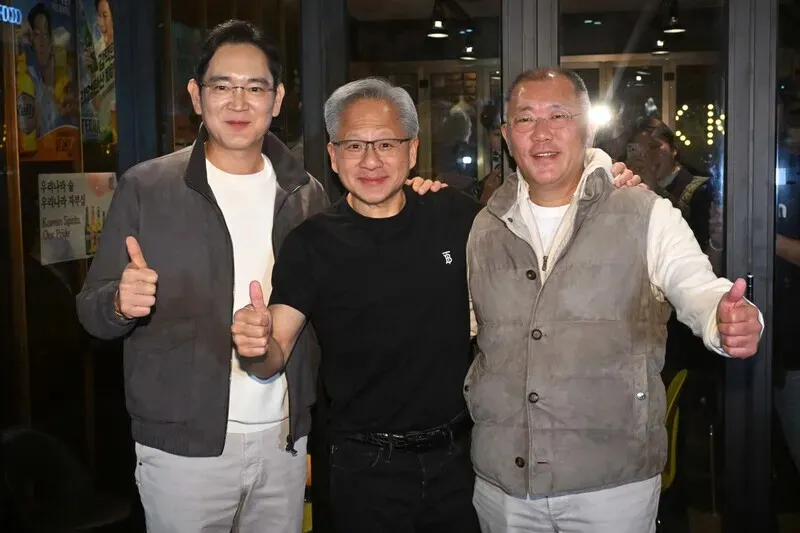

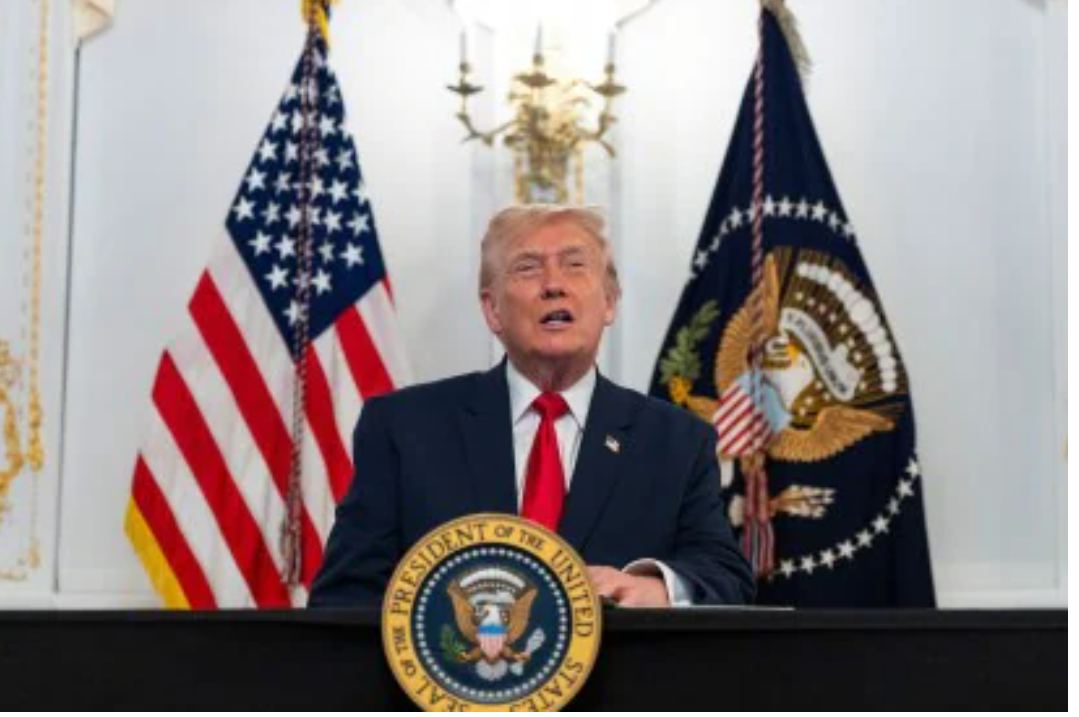
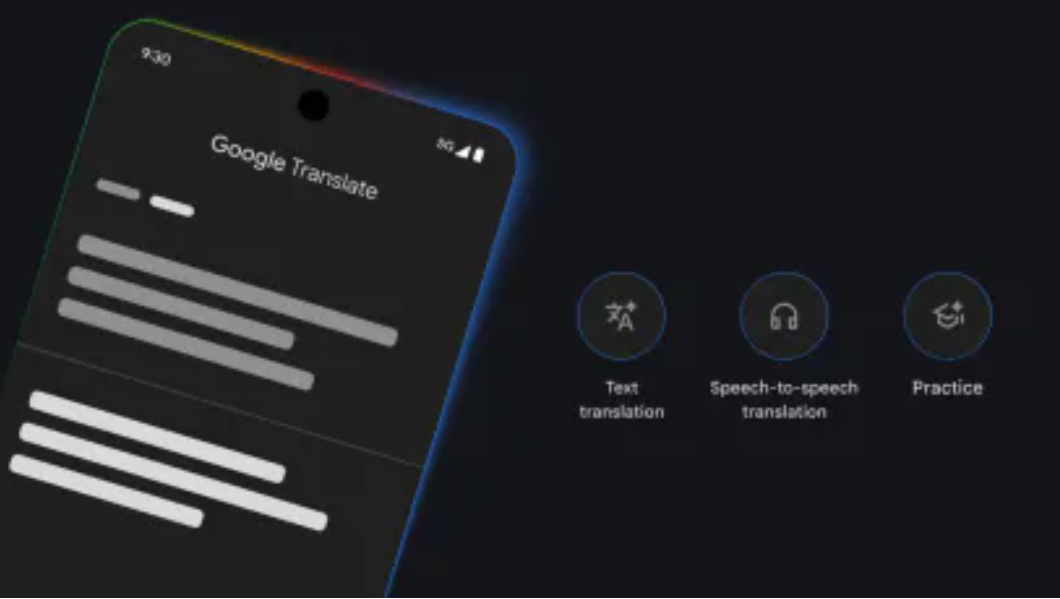
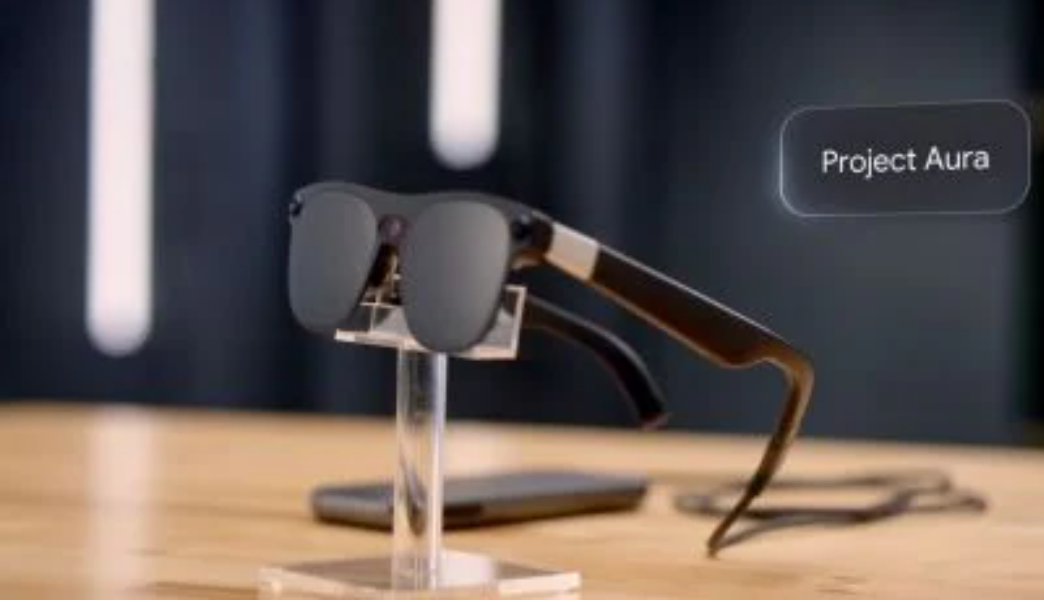

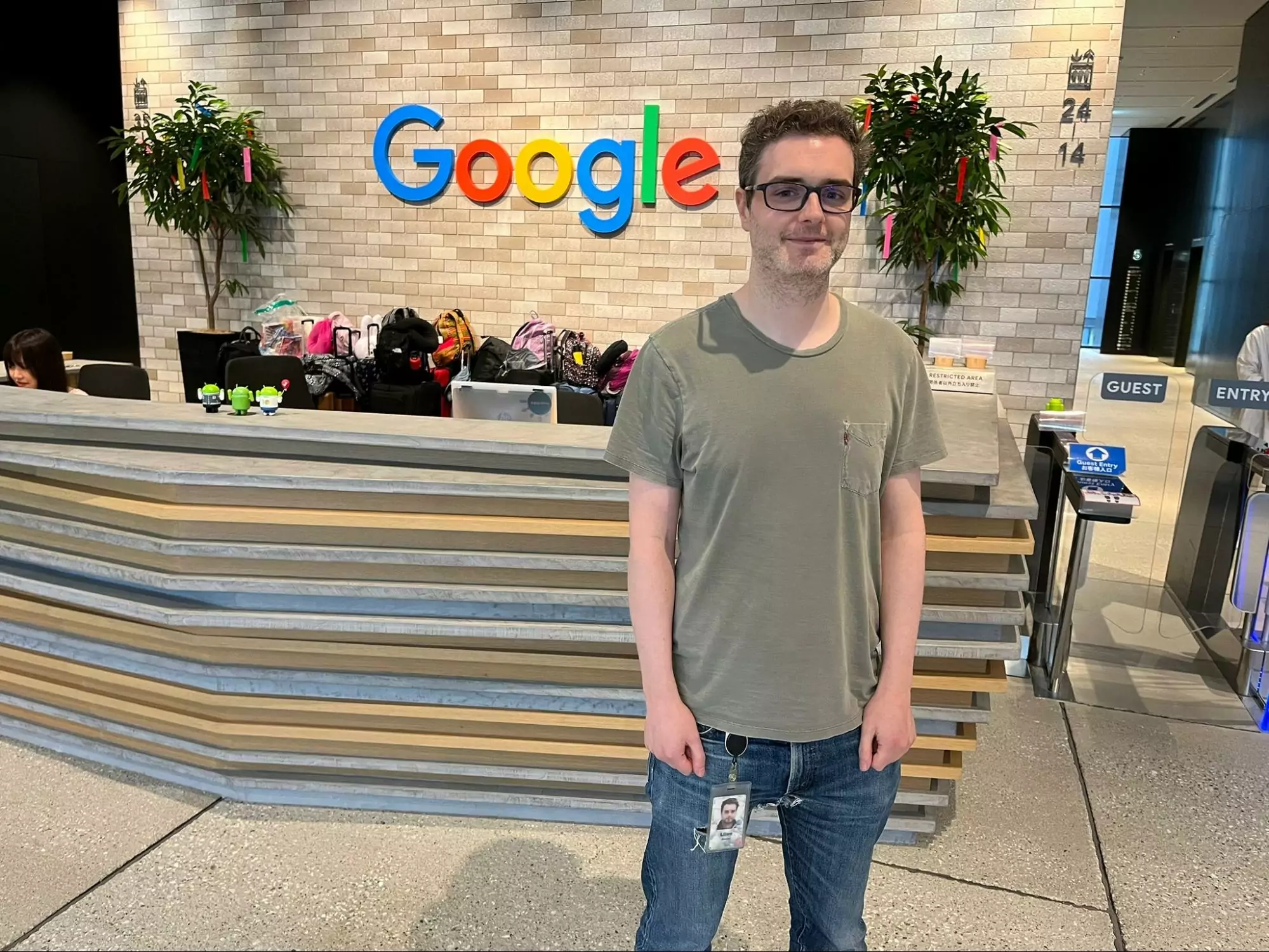

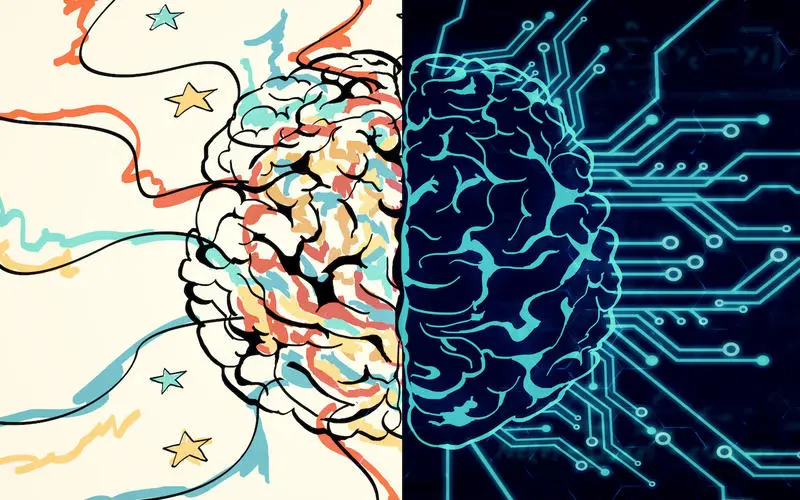
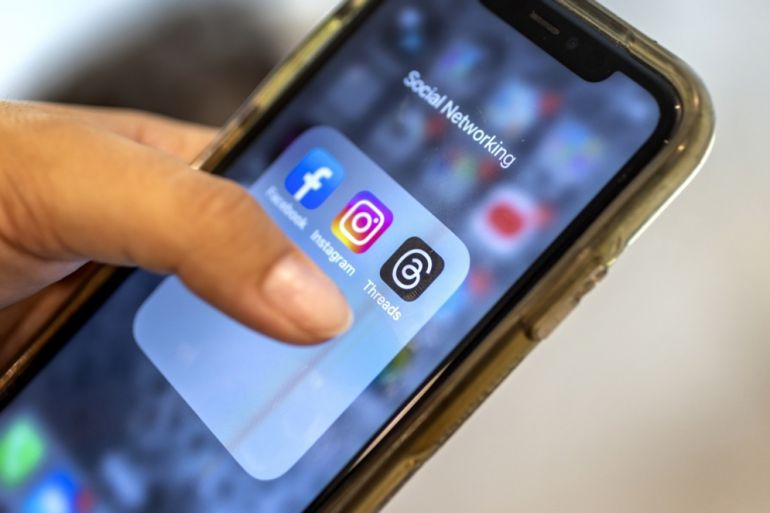
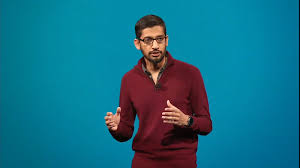
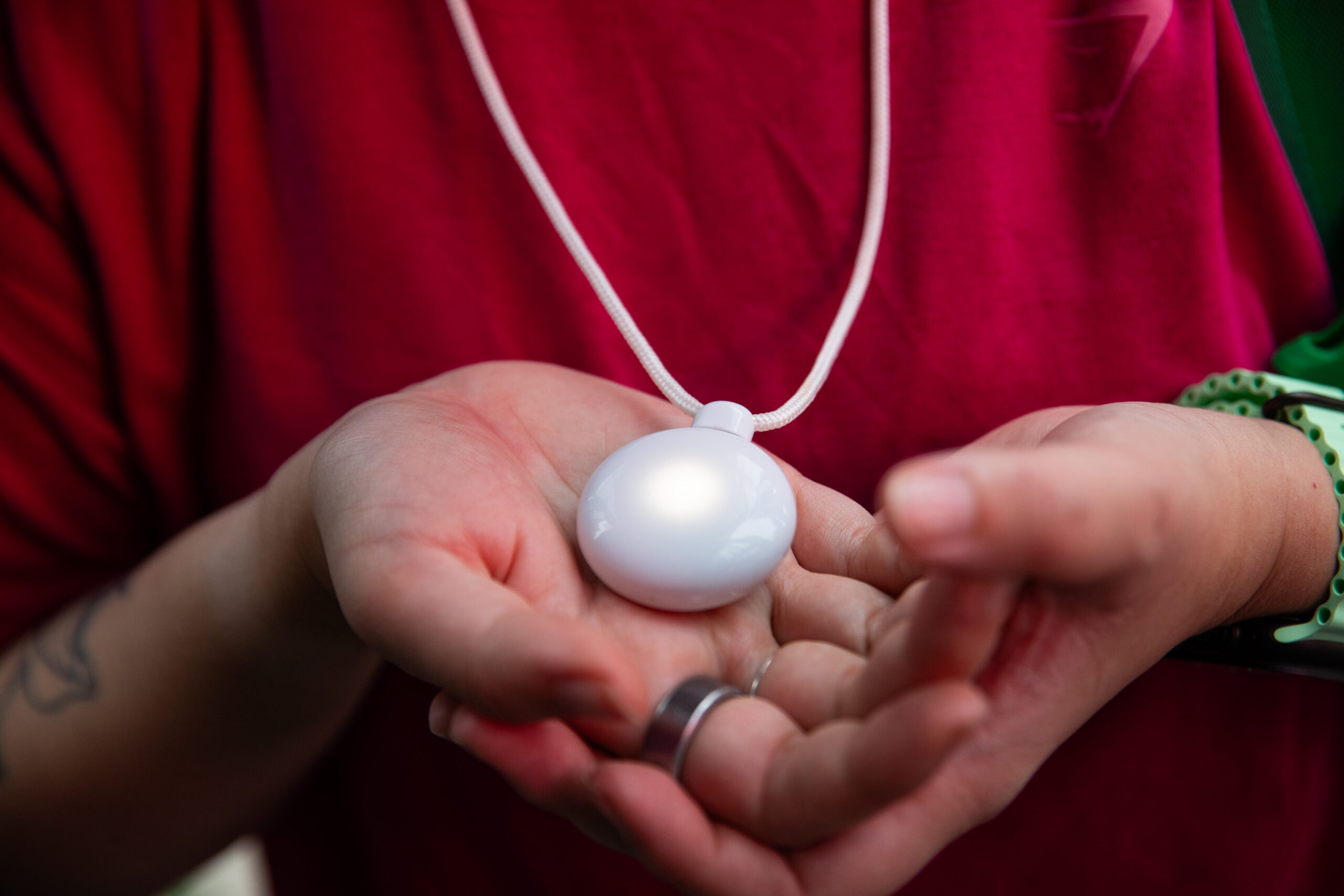
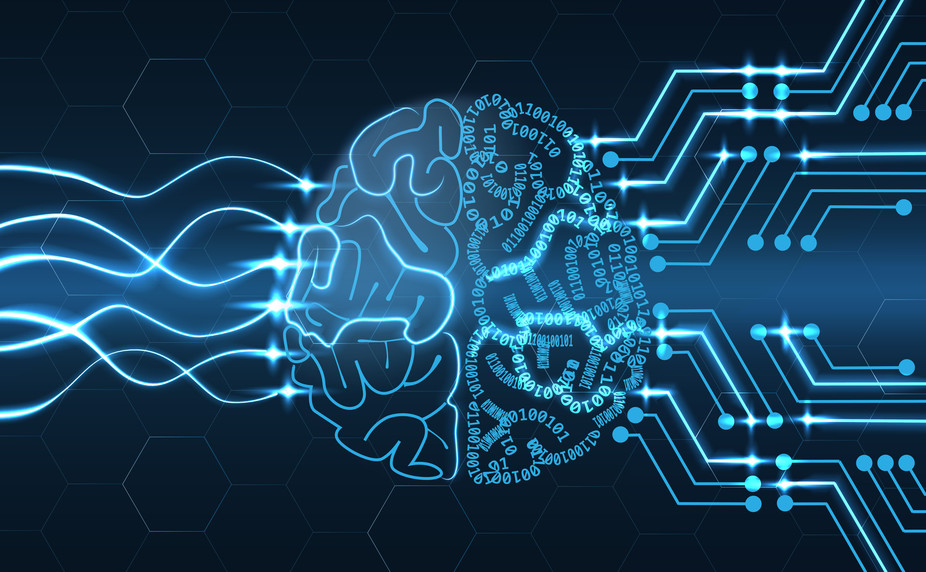
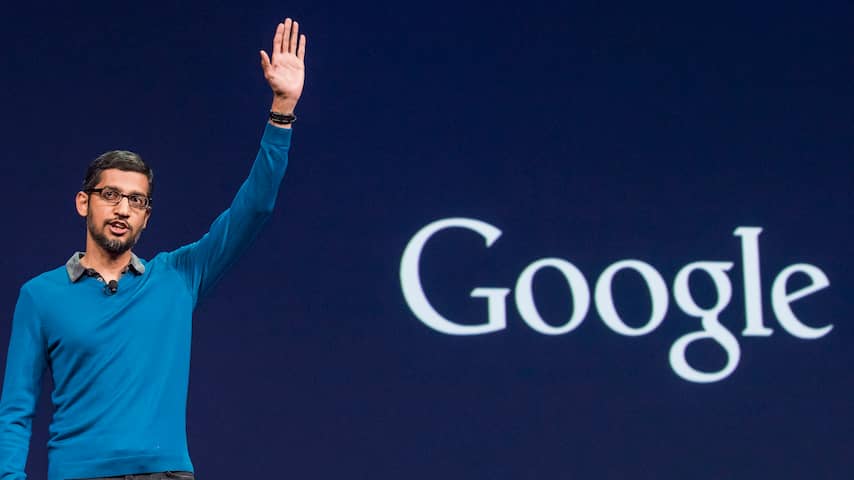


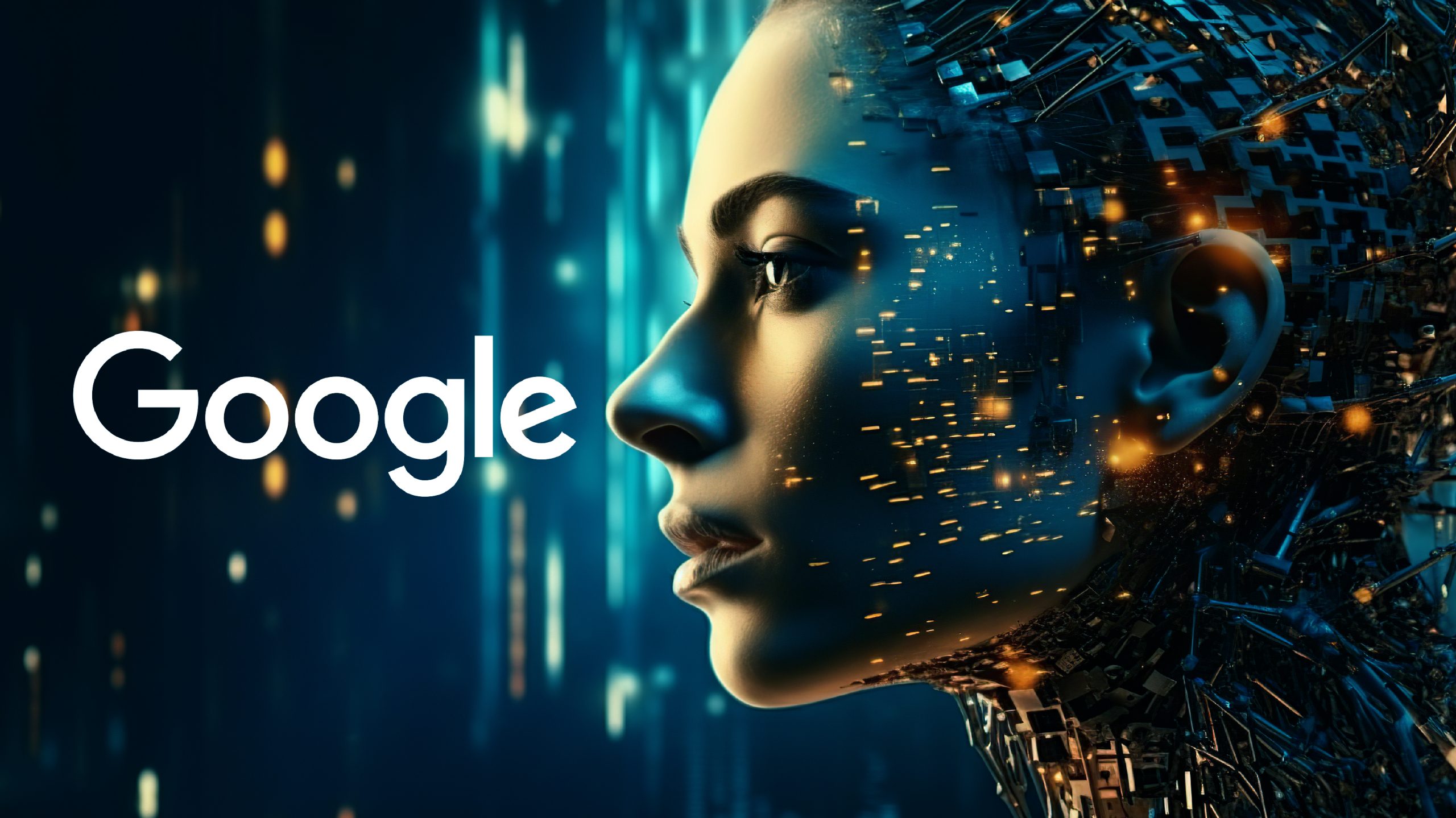
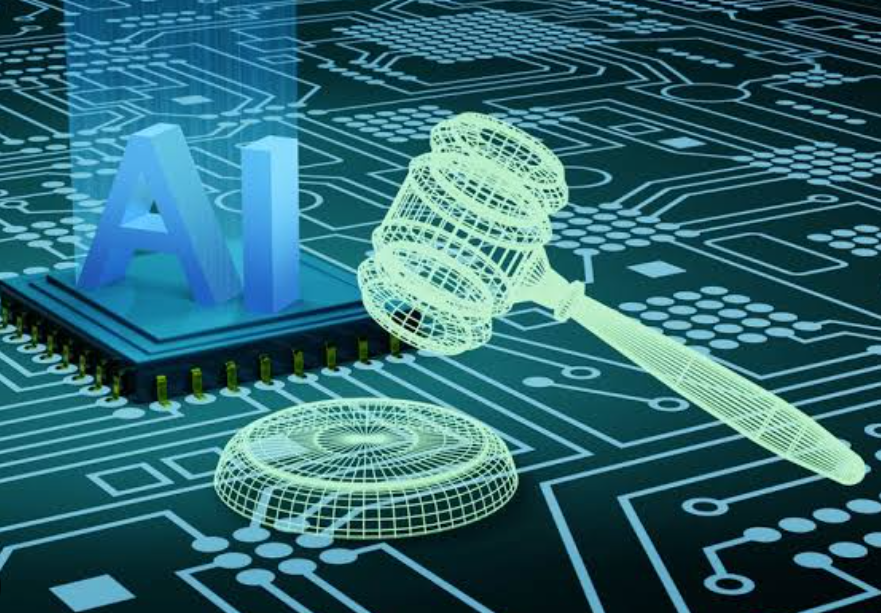
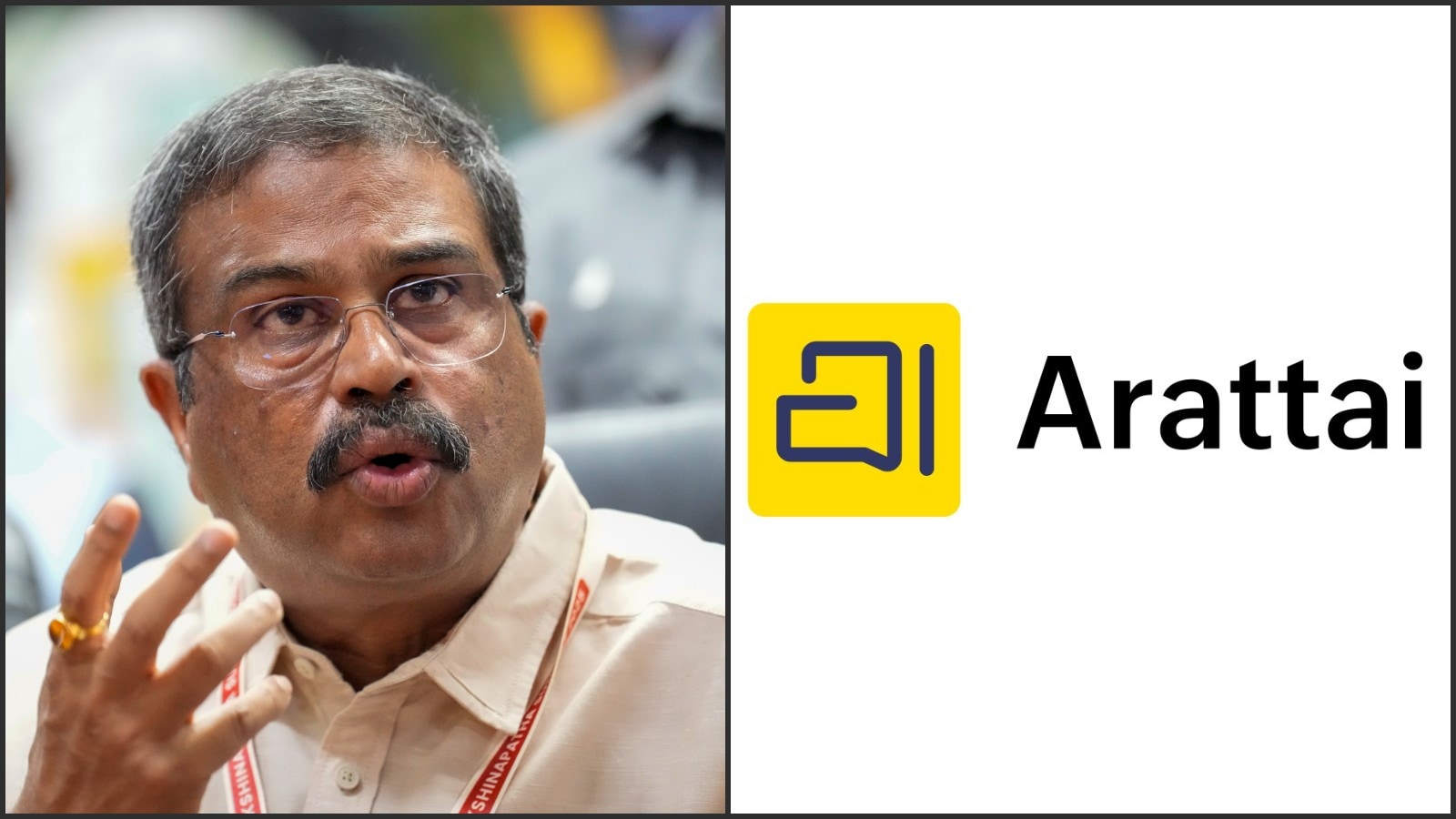
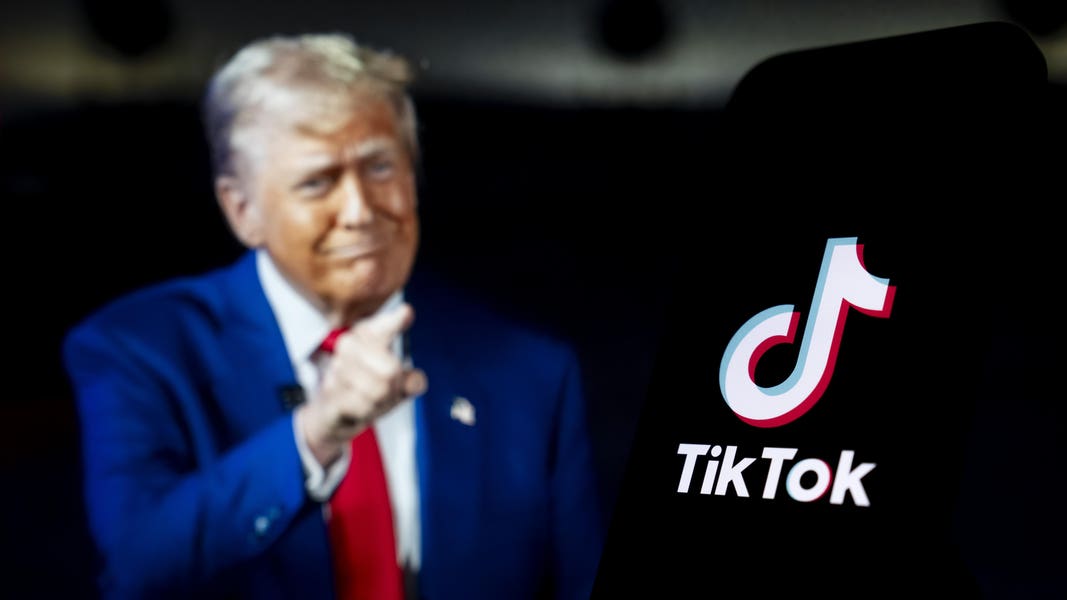

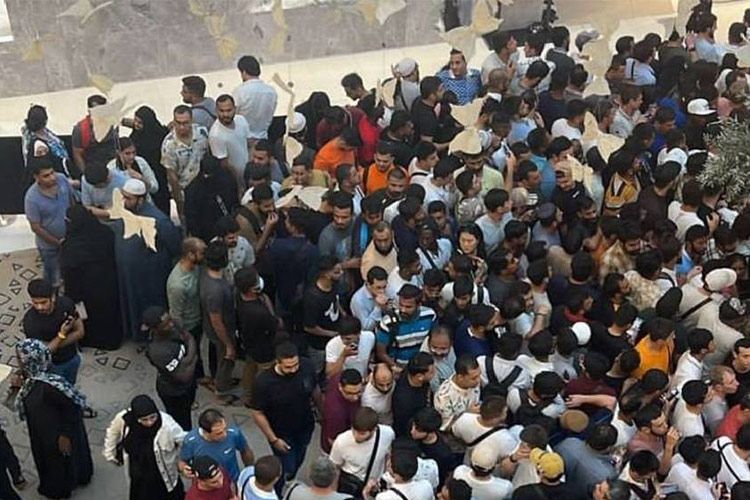
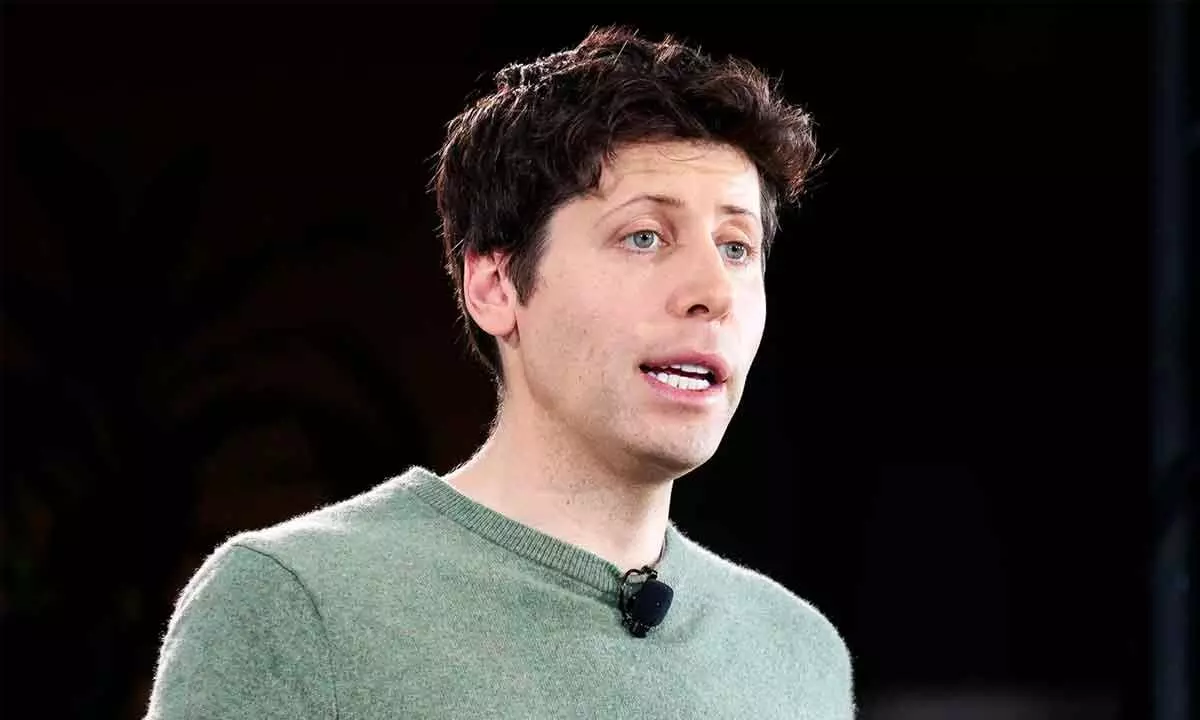
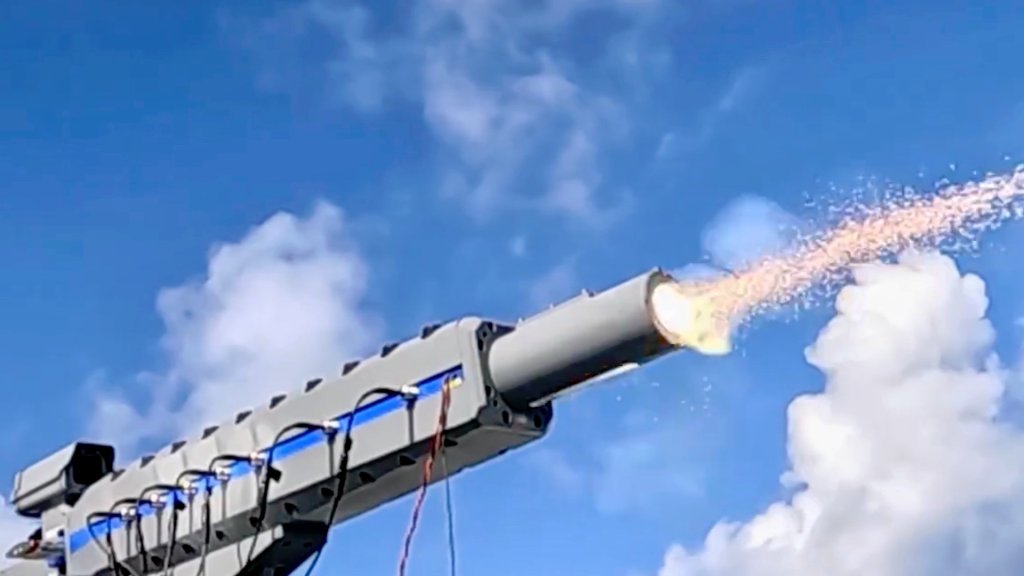
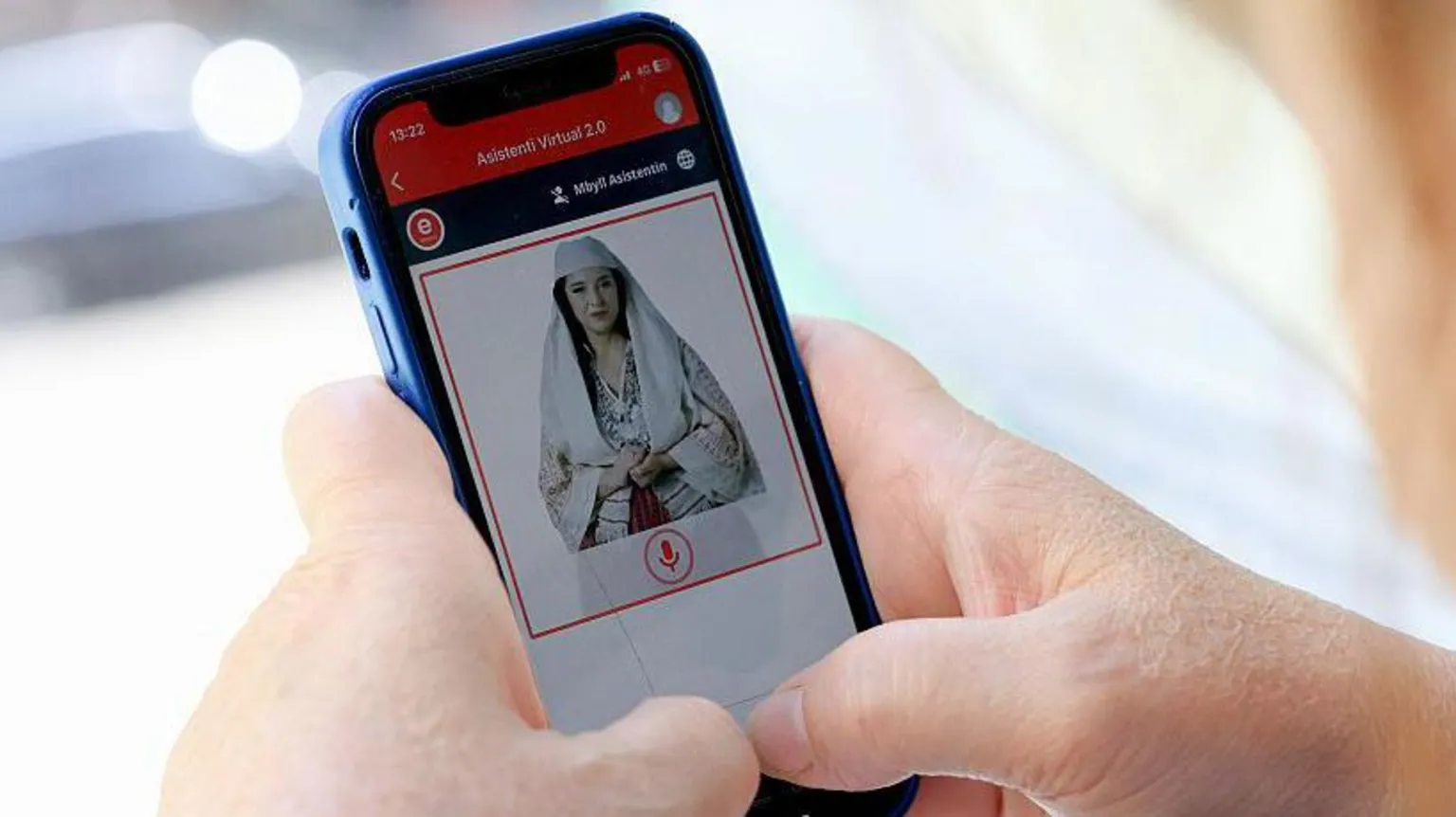
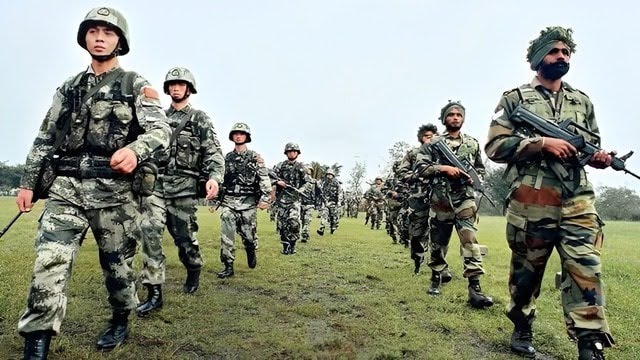
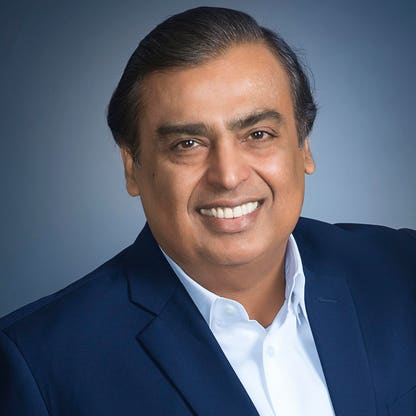
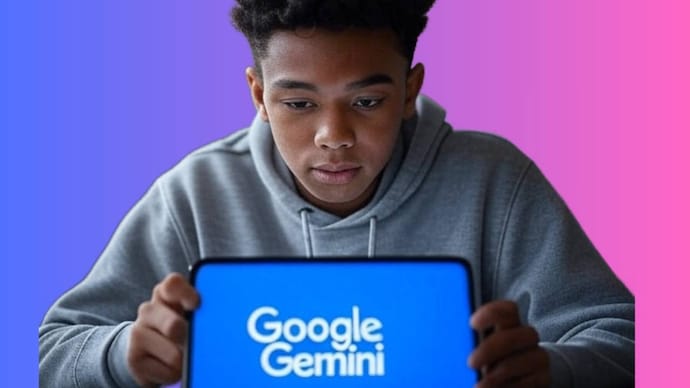
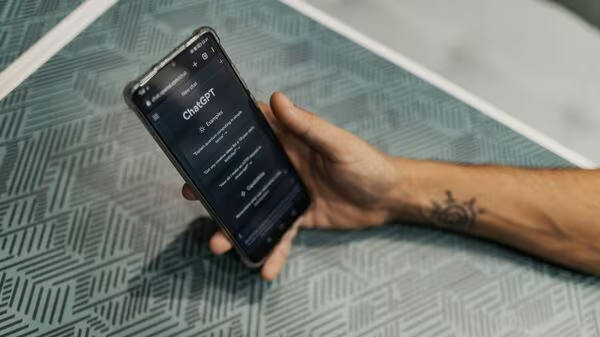
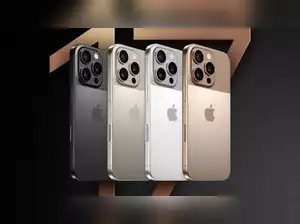
**, we dive into why your electric bill is climbing and what can be done. ### Why Are Electricity Prices Rising? Electricity costs are soaring across the United States. According to the U.S. Energy Information Administration (EIA), household electricity prices are expected to jump 13% from 2022 to 2025. In some states, the increase is even steeper. For instance, Maine saw a 36.3% spike, while Connecticut faced an 18.4% rise between May 2024 and May 2025. Nationwide, the average household paid 17.47 cents per kilowatt-hour in May 2025, up from 16.41 cents a year earlier—a 6.5% increase. So, what’s driving these hikes? First, there’s a massive surge in electricity demand. More people are using air conditioners during hotter summers. Electric vehicles and heat pumps are also becoming popular. However, the biggest culprit is the rapid growth of AI-powered data centers. These facilities, run by tech giants like Amazon, Google, and Microsoft, use as much electricity as small cities. A single AI search, like one on ChatGPT, consumes 10 times more power than a regular Google search. Additionally, natural gas prices, a key fuel for power plants, have climbed. The aging US power grid also struggles to keep up. Many transmission lines and power plants date back to the post-World War II era. As a result, utilities are spending billions to upgrade infrastructure, and those costs are passed on to consumers. > **Data Highlight: Electricity Price Trends (2022-2025)** > Source: U.S. Energy Information Administration > - **2022**: 14.96 cents per kWh > - **2023**: 15.87 cents per kWh > - **2024**: 16.41 cents per kWh > - **2025 (May)**: 17.47 cents per kWh > *Note*: Some states like Maine (+36.3%) and Connecticut (+18.4%) saw sharper increases. ```chartjs { "type": "line", "data": { "labels": ["2022", "2023", "2024", "2025 (May)"], "datasets": [{ "label": "Average US Electricity Price (cents per kWh)", "data": [14.96, 15.87, 16.41, 17.47], "borderColor": "#007bff", "backgroundColor": "rgba(0, 123, 255, 0.2)", "fill": true }] }, "options": { "responsive": true, "maintainAspectRatio": false, "scales": { "y": { "beginAtZero": false, "title": { "display": true, "text": "Price (cents per kWh)" } }, "x": { "title": { "display": true, "text": "Year" } } } } } ``` ### The AI Power Problem The AI boom is transforming how we live, work, and search online. But it comes at a cost. Data centers that power AI tools are sprouting up fast. Between 2021 and 2024, the number of US data centers doubled. By 2030, they could consume 5% to 9% of the nation’s electricity, according to the Electric Power Research Institute. This is a big jump from just 4% in 2022. For example, PJM Interconnection, which serves 67 million people across 13 states, reported a massive spike in demand. In 2024, its capacity auction prices jumped 833%, with data centers driving nearly 70% of the increase. This led to higher bills for households in states like Pennsylvania, New Jersey, and Ohio. In Columbus, Ohio, typical electric bills rose by $27 a month in 2025. Moreover, AI tasks are energy hogs. Generating a single high-definition AI image uses as much power as charging a smartphone halfway. As more people use AI for work or fun, the strain on the grid grows. Tech companies are racing to build bigger data centers, but the power supply isn’t keeping up. This mismatch is pushing prices higher. > **Image**: An Amazon Web Services data center in Boardman, Oregon, August 2024. (Source: Jenny Kane/AP) > *Caption*: Data centers like this one are driving up electricity demand across the US. ### Other Factors Behind the Price Surge While AI is a major player, it’s not the only reason for rising bills. Natural gas prices have spiked, making it more expensive to generate electricity. Also, the US power grid is old and needs upgrades. The Department of Energy says 70% of transmission lines are nearing the end of their lifespan. Replacing them costs billions, and consumers foot the bill. Extreme weather is another issue. Heat waves and storms are more frequent, forcing utilities to repair or harden the grid. In California, utilities spent $27 billion from 2019 to 2023 on wildfire prevention and insurance. These costs trickle down to customers. Meanwhile, some states are phasing out coal plants, but new renewable energy projects face delays due to permitting issues. For more insights on how energy costs affect households, check out **[AMERICA NEWS WORLD (ANW)](https://america112.com/)** for the latest updates. ### Solutions to Ease the Burden Thankfully, there are ways to tackle rising electricity costs. First, experts suggest speeding up the permitting process for new power plants, especially solar and wind. The International Energy Agency (IEA) predicts that solar and wind could add 110 terawatt-hours of power for data centers by 2030. Streamlining permits could bring these projects online faster. Next, tech companies are stepping up. Google recently signed deals to reduce AI data center power use during peak grid times. Amazon is investing in small modular nuclear reactors to power its operations cleanly. These efforts could lower costs and emissions in the long run. Additionally, hardening the grid can help. In Florida, utilities are using concrete poles and advanced tech to make power lines hurricane-proof. In California, moving lines underground reduces wildfire risks. These upgrades cost money upfront but save on repairs later. Finally, power purchase agreements (PPAs) let data centers buy renewable energy directly. This reduces reliance on fossil fuels and keeps costs down for consumers. Co-locating data centers with solar or wind farms is another smart move. For more on clean energy solutions, visit **[AMERICA NEWS WORLD (ANW)](https://america112.com/)**. > **Data Highlight: Projected Data Center Power Demand** > Source: Electric Power Research Institute > - **2022**: 4% of US electricity consumption > - **2030 (Projected)**: 5% to 9% of US electricity consumption > - **Growth**: Data center energy use could double by 2030. ```chartjs { "type": "bar", "data": { "labels": ["2022", "2030 (Projected)"], "datasets": [{ "label": "Data Center Electricity Consumption (% of US Total)", "data": [4, 7], "backgroundColor": ["#28a745", "#dc3545"], "borderColor": ["#28a745", "#dc3545"], "borderWidth": 1 }] }, "options": { "responsive": true, "maintainAspectRatio": false, "scales": { "y": { "beginAtZero": true, "title": { "display": true, "text": "% of US Electricity" } }, "x": { "title": { "display": true, "text": "Year" } } } } } ``` ### What’s Next for Consumers? Electricity prices may keep rising if demand outpaces supply. The White House warns that AI data centers could push prices up 9-58% by 2030 without new investments. The US needs $1.4 trillion by 2030 to meet growing power needs, according to the White House Council of Economic Advisors. This includes building new power plants and transmission lines. However, not all hope is lost. Renewable energy is getting cheaper. Solar and wind projects are expanding, and nuclear power is making a comeback. For example, Microsoft is reviving Pennsylvania’s Three Mile Island nuclear plant to power its AI tools. These efforts could stabilize prices over time. Consumers can also take action. Using energy-efficient appliances, sealing home leaks, and switching to LED lights can lower bills. ### Global Impact and Local Action The AI-driven power surge isn’t just a US problem—it’s global. Data centers worldwide could consume 3-4% of global power by 2030, up from 1-2% today, according to Goldman Sachs. In Europe, countries like Ireland and Germany are seeing similar price hikes. In Asia, Malaysia’s data centers could account for one-fifth of power demand growth. Locally, communities near data centers face challenges. Noise, water use, and power outages are common complaints. Some states, like Pennsylvania, are pushing back. Governor Josh Shapiro has threatened to pull the state from PJM if costs don’t drop. For more on local energy issues, ### Looking Ahead The AI revolution is exciting, but it’s putting pressure on power grids and wallets. While tech companies and utilities work on solutions, consumers are stuck with higher bills. By investing in clean energy, upgrading grids, and managing demand, the US can balance innovation with affordability. Stay informed with **[AMERICA NEWS WORLD (ANW)](https://america112.com/)** for the latest energy news. For a deeper dive into how AI is reshaping the energy landscape, check out this [CBS News article](https://www.cbsnews.com/news/ai-data-centers-electricity-demand-power-grid-us/) on the growing strain on US power grids.](https://america112.com/wp-content/uploads/2025/08/1198006_3_0818-NPRICES-lines-lede.jpg_standard-1.jpg)
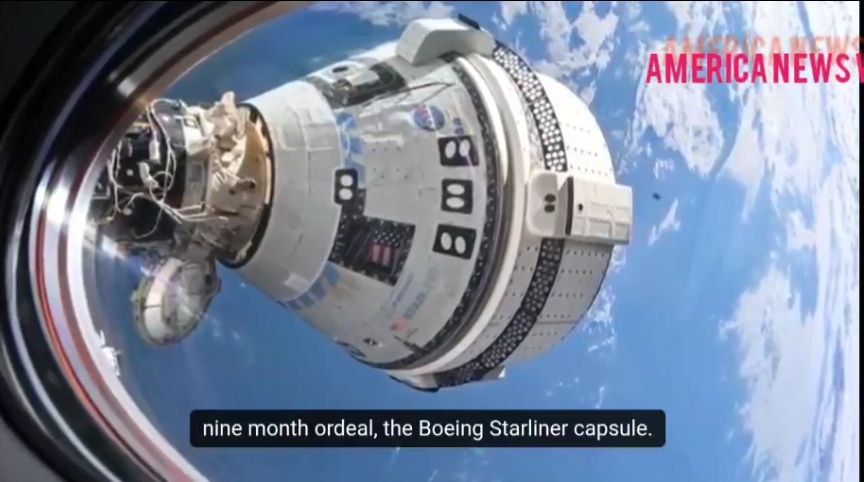
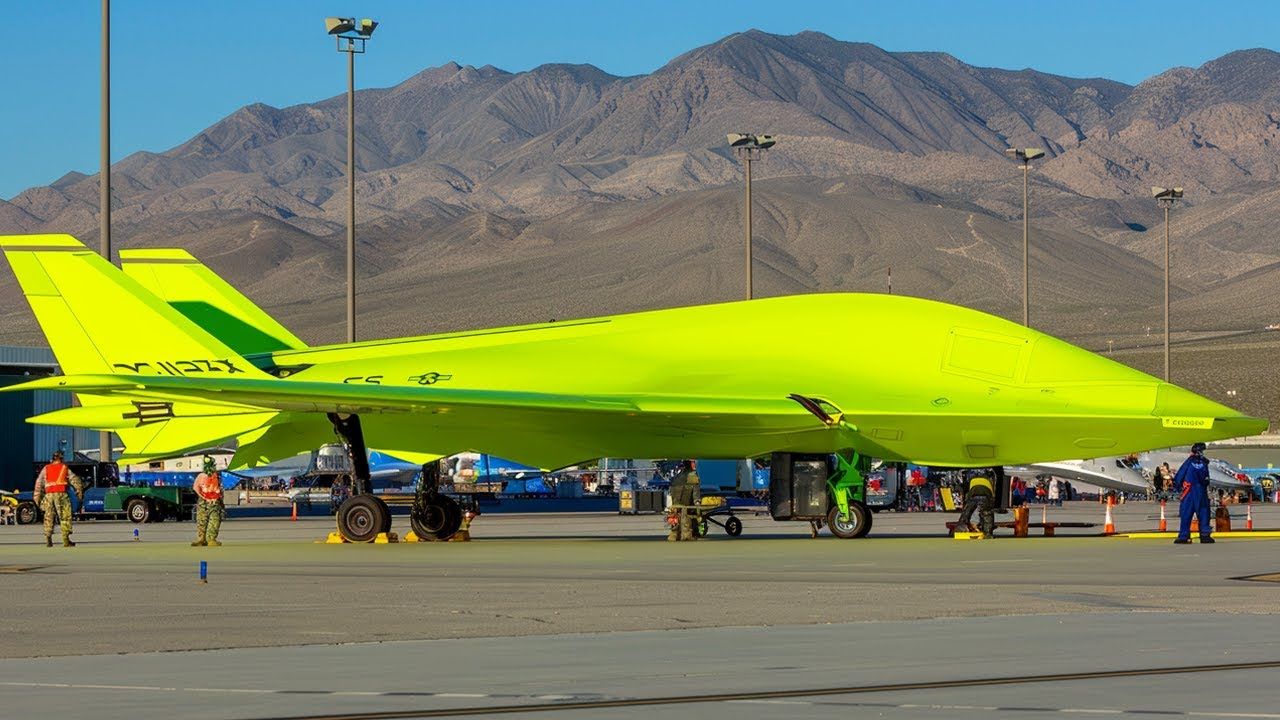


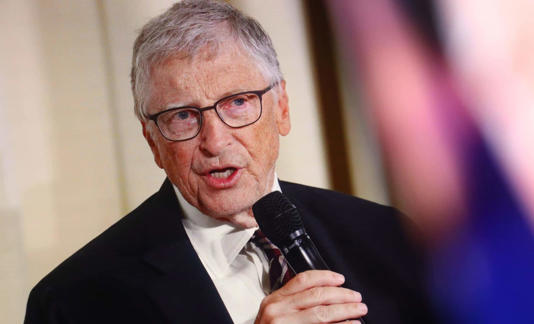



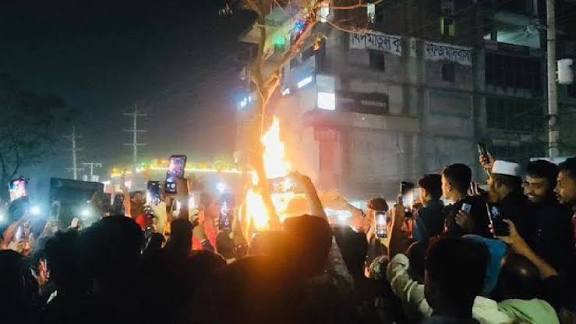
Leave a Reply